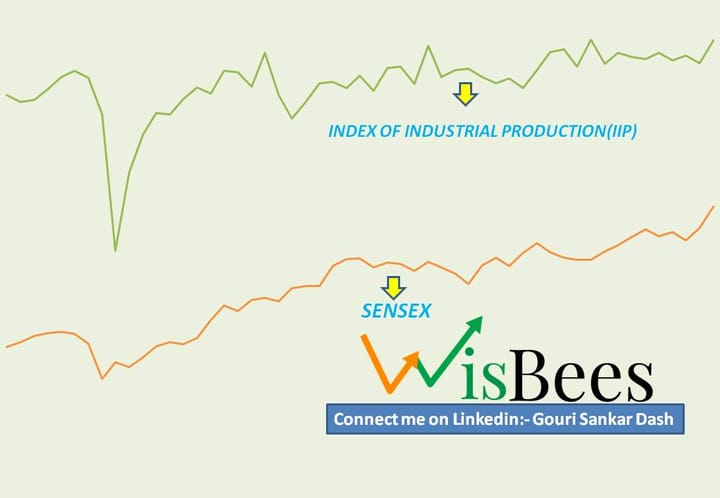Operating Cycle

The operating cycle is a measure of the time it takes for a company to convert its resources into cash by completing the production process and selling its products.
Let’s Understand this in detail.
The operating cycle includes three main phases:
Acquisition of Resources: This phase includes the procurement of raw materials, labour, and other inputs needed for the manufacturing process. The goal is to minimise the time it takes to acquire these resources while maintaining quality and cost-effectiveness.
Manufacture of Products: Once the necessary resources have been acquired, the company can begin the manufacturing process. This phase includes the conversion of raw materials into work-in-progress and eventually into finished goods. The goal is to optimise the production process to minimise the time it takes to produce high-quality products.
Sale of Products: After the products have been manufactured, they can be sold either for cash or on credit. If the products are sold on credit, the company must wait for the customers to pay their bills, which creates an accounts receivable balance. The goal is to optimise the sales process to minimise the time it takes to collect payment from customers.
OPERATING CYCLE-length
The length of the operating cycle of a manufacturing firm is the sum of the inventory conversion period (ICP) and the debtor's (receivable) conversion period (DCP). This is also known as GOC(Gross Operating Cycle)
Operating cycle(GOC) = Inventory conversion period (ICP) + Debtors (receivable) conversion period (DCP)
The inventory conversion period (ICP)
It is the time taken by a company to convert its raw materials into finished goods. It includes the time taken for the company to receive raw materials, process them into finished goods, and finally store them until they are sold.
The inventory conversion period (ICP) is a measure of the average time it takes for a company to convert its raw materials into finished goods and then sell them. It includes three components:
Raw material conversion period (RMCP): This represents the average time it takes for a company to convert its raw materials into work-in-process inventory.
RMCP = Average Inventory of Raw Materials / Cost of Raw Materials used per day
Work-in-process conversion period (WIPCP): This represents the average time it takes for a company to convert its work-in-process inventory into finished goods.
Average Inventory of WIP / Cost of goods manufactured per day
Finished goods conversion period (FGCP): This represents the average time it takes for a company to sell its finished goods inventory.
FGCP = Average Inventory of Finished Goods / Cost of Goods Sold per day
By adding these three components together, we get the total inventory conversion period.
ICP=RMCP+WIPCP+FGCP
The debtors (receivable) conversion period (DCP)
It is the time taken by a company to collect payment from its customers after making a sale. It includes the time taken for the customer to receive the goods, the credit period given by the company, and the time taken by the customer to pay the outstanding amount.
The debtor's conversion period (DCP) represents the average time it takes for a company to collect its outstanding debts from its customers. It is also known as the average collection period. The DCP is an important metric for a company as it measures the efficiency of its credit and collections policies.
The DCP is calculated as follows:
Example
Let's say a company has total credit sales of Rs12,00,000 and an average accounts receivable balance of Rs 4,00,000.
Using the formula, we can calculate the DCP as follows:
DCP = (4,00,000 ÷ 12,00,000) x 360
DCP = 120 days
Therefore, the DCP for this company is 120 days, which means it takes an average of 120 days for the company to collect its outstanding debts from its customers.
Net Operating Cycle(NOC)
The net operating cycle (NOC) is a financial metric that measures the time it takes for a company to convert its investment in inventory and other resources into cash received from customers.
Therefore, the net operating cycle is calculated as follows:
NOC = GOC - payables deferral period(CDP)
The net operating cycle is also referred to as the cash conversion cycle.
PAYABLES (CREDITORS) DEFERRAL PERIOD (CDP)
Payables deferral period(CDP)= (Creditors / Credit Purchases) x 360
For example, let's say that a company has Rs.50,000 in accounts payable at the end of the month and has made Rs.2,00,000 in credit purchases during the same month. The payables deferral period can be calculated as follows:
PDP = (50,000 / 2,00,000) x 360 = 90 days
This means that, on average, the company takes 90 days to pay its suppliers and vendors after it receives inventory or other goods and services from them.
Example and Interpretation of Operating Cycle:-
Let's take the example of two companies in the FMCG sector: Hindustan Unilever Limited (HUL) and Nestle India Limited. (Hypothetical)
HUL's Operating Cycle:
Inventory Conversion Period (ICP):
Raw Material Conversion Period (RMCP): 9 days
Work-in-process Conversion Period (WIPCP): 4 days
Finished Goods Conversion Period (FGCP): 20 days
Total ICP = 33 days
Debtors Conversion Period (DCP): Average collection period: 14 days
Gross Operating Cycle (GOC) = ICP + DCP
= 33 days + 14 days
= 47 days
Payables Deferral Period (PDP):
Payables deferral period: 61 days
Net Operating Cycle (NOC) = GOC - PDP
= 47 days - 61 days
= -14 days
Nestle India's Operating Cycle:
Inventory Conversion Period (ICP):
Raw Material Conversion Period (RMCP): 18 days
Work-in-process Conversion Period (WIPCP): 1 day
Finished Goods Conversion Period (FGCP): 24 days
Total ICP = 43 days
Debtors Conversion Period (DCP):
Average collection period: 21 days
Gross Operating Cycle (GOC) = ICP + DCP
= 43 days + 21 days
= 64 days
Payables Deferral Period (PDP): Payables deferral period: 39 days
Net Operating Cycle (NOC) = GOC - PDP
= 64 days - 39 days
= 25 days
From the above analysis, we can see that both companies have different operating cycles. HUL has a negative NOC, which means that the company is able to generate cash from its operations before it needs to pay its suppliers. On the other hand, Nestle India has a positive NOC, which means that the company has to pay its suppliers before it receives payment from its customers.
Furthermore, HUL has a shorter operating cycle compared to Nestle India. This indicates that HUL is able to convert its resources into cash more quickly than Nestle India. However, it's important to note that these differences could be due to a variety of factors, such as differences in business models, supply chain management practices, and customer payment behaviour. Therefore, it's important to analyse the operating cycle in the context of the specific industry and company.
Key Takeaways
- The operating cycle is a financial metric used to measure the time it takes for a company to convert its resources into cash by completing the production process and selling its products.
- It includes three phases: acquisition of resources, manufacture of products, and sale of products.
- The length of the operating cycle of a manufacturing firm is the sum of the inventory conversion period (ICP) and the debtor's (receivable) conversion period (DCP).
- The inventory conversion period includes the raw material conversion period, work-in-progress conversion period, and finished goods conversion period.
- The debtor's conversion period is the time taken by a company to collect payment from its customers after making a sale.
- The net operating cycle is a financial metric that measures the time it takes for a company to convert its investment in inventory and other resources into cash received from customers.
- It is calculated as the gross operating cycle minus the payables deferral period (PDP).
- The payables deferral period is the time taken by a company to pay its suppliers and vendors after it receives inventory or other goods and services from them.



